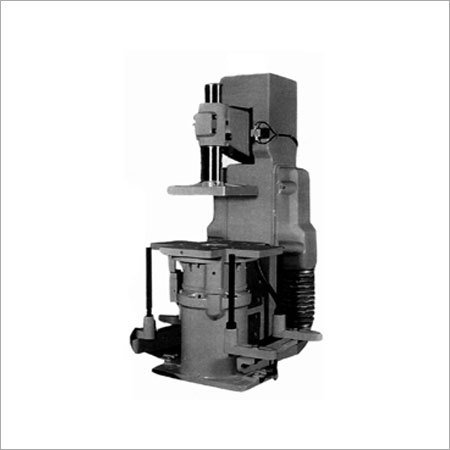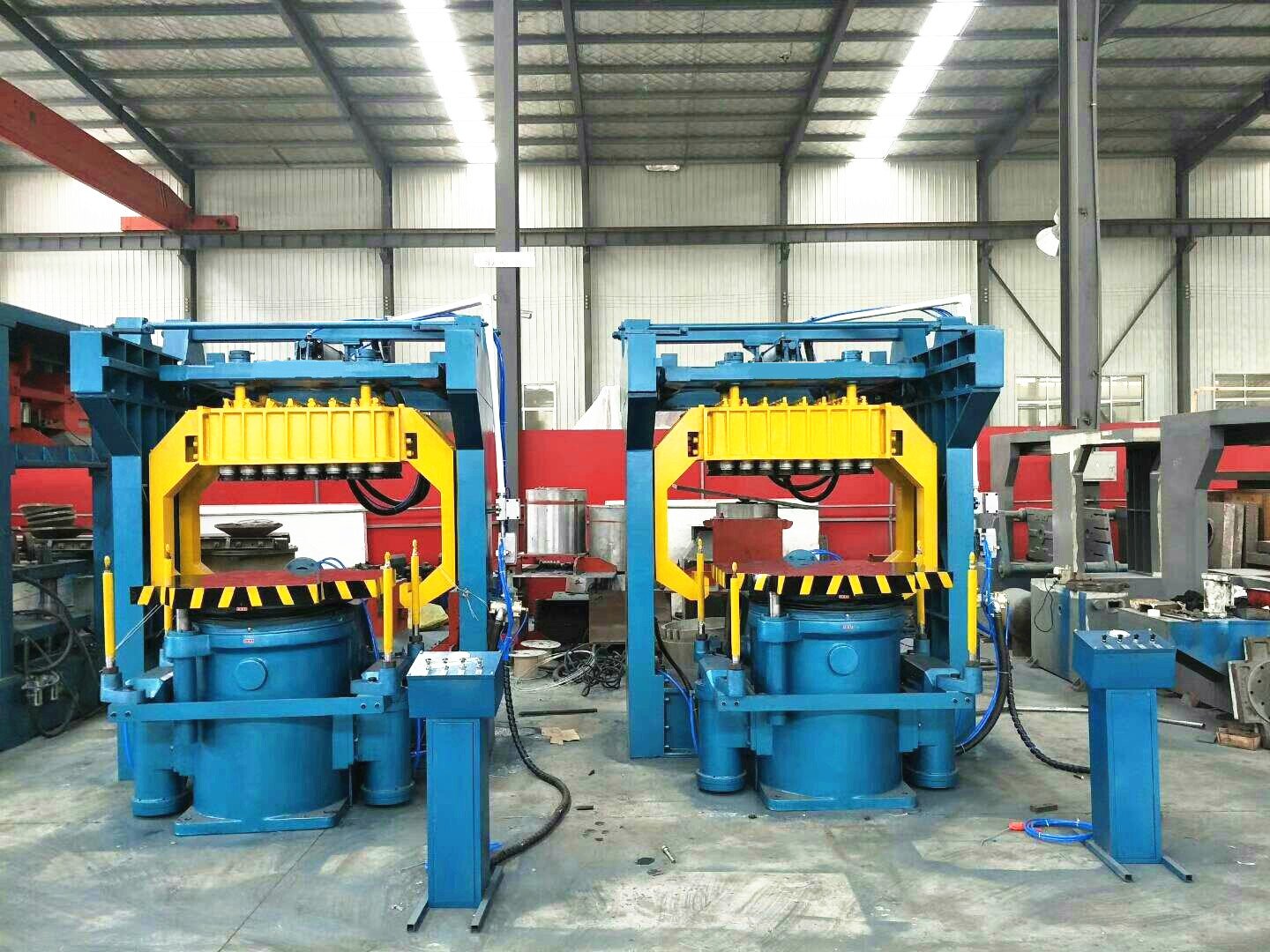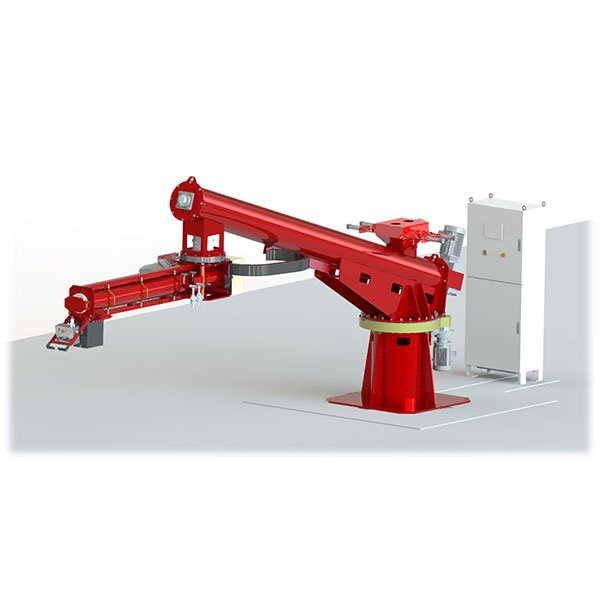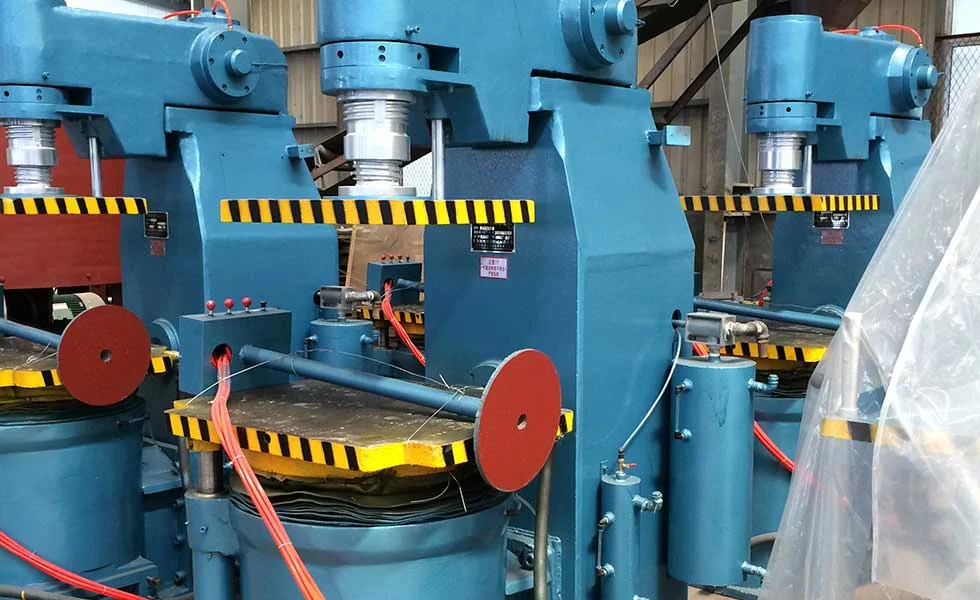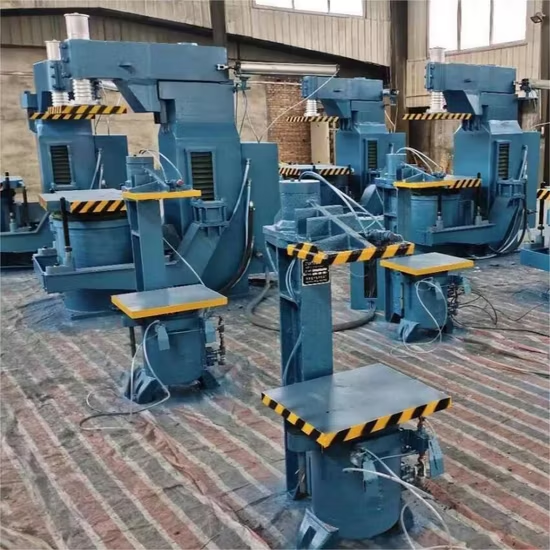Operating a rotary table shot blasting machine seems simple—but without the right method, you risk inconsistent finishes, higher wear, and longer cycle times.
Rotary table shot blasting machines clean medium-to-heavy parts with uniform coverage by rotating the parts under fixed turbines. Proper use ensures efficient, repeatable surface preparation.
Here’s how to get the most out of this machine—based on real-world plant experience and proven operational practices.
What Is a Rotary Table Shot Blasting Machine?
Rotary table shot blasters are among the most reliable solutions for flat-based, stationary parts.
This machine uses a fixed turntable inside a sealed blast chamber. Turbines mounted above or at angles throw abrasive media while the table rotates slowly, covering all surfaces.

It’s a great fit for workpieces that are stable and don't require tumbling or hanging, such as:
- Cast iron brake drums
- Gearbox or pump housings
- Welded assemblies and frames
- Mold bases or aluminum castings
Compared to hook-type machines, rotary tables reduce part movement and surface damage, giving better control for delicate or shaped parts.
How It Works: Step-by-Step Process
Even a simple system requires careful process control to avoid energy waste or rework.
Rotary table shot blasting machines follow a consistent 5-stage process—ideal for achieving clean, repeatable surface finishes.
- Loading: Position the parts on the rotary table. Use a manipulator or overhead crane for heavier loads.
- Sealing & Start: Close the door securely. The machine’s interlock system ensures blasting won’t start until safe.
- Blasting Cycle: The table rotates at a fixed speed. Blast wheels fire abrasive for the pre-set time (5–15 minutes).
- Media Recovery: Used shot or grit drops into the recovery hopper, is cleaned, and fed back into the system.
- Unloading: Once the door opens, parts are removed manually or with lifting tools.
This controlled workflow minimizes operator error and ensures predictable cleaning results—even for complex geometries.
Technical Specifications (Example Model)
| Parameter | Value |
|---|---|
| Table Diameter | 1000–2500 mm |
| Blast Wheels | 1–4 |
| Motor Power | 7.5–30 kW |
| Max Load per Table | 1000–5000 kg |
| Cycle Time | 5–15 minutes |
Different models can be tailored depending on your application. The number of blast wheels and their angle directly influence coverage—critical for irregular shapes.
Best Practices for Rotary Table Machine Operation
To get top performance, consistent surface results, and long equipment life, you need to follow field-proven methods.
Best practices in setup, media selection, and maintenance will drastically improve quality and reduce downtime.

- Pre-clean parts: Remove oil, paint, or moisture before blasting. These interfere with abrasive impact and contaminate the media.
- Choose correct media: Steel shot (S230–S390) for smooth finishes; steel grit for aggressive removal.
- Distribute parts evenly: Avoid loading parts too close or off-balance—this affects table rotation and blast coverage.
- Manual rotation for large parts: For asymmetrical shapes, rotate parts between cycles to hit blind spots.
- Monitor wheel wear: Check impeller and blades every 200–300 hours. Worn parts lead to reduced blasting force.
- Use automation: Programmable timers optimize cycle time per part type, improving consistency.
Also, inspect dust collectors and magnetic separators weekly to avoid airflow drop and media contamination.
Applications
Rotary table machines excel in flexible, low- to mid-volume production environments across several industries.
They are ideal where precision, controlled blasting is needed—without sacrificing throughput.
| Industry | Workpieces |
|---|---|
| Foundry | Iron castings: covers, flanges, hubs |
| Automotive | Brake drums, axle carriers, arms |
| Heavy Equipment | Welded structures, bushings, brackets |
| Tool & Die | Mold bases, press die blocks |
In my experience, even some high-end aerospace shops use rotary tables for surface prep before anodizing or coating—proving their accuracy and reliability.
FAQs
Q: Is rotary table blasting suitable for thin sheet parts?
A: No. The high-speed abrasive impact can deform or dent thin metal sheets. Use a gentler method like brushing or chemical prep.
Q: Can I clean multiple parts at once?
A: Yes, as long as the load is balanced and the blast stream reaches all surfaces.
Q: What’s the difference from a twin-table machine?
A: A twin-table machine allows continuous operation—while one table blasts, the other loads. A single-table machine requires wait time between batches.
Q: What abrasive is recommended?
A: Use steel shot (S230–S390) for general castings or forged parts. Steel grit (G25–G40) is better for scale removal and rougher surface profiles.
Q: How can I avoid media waste?
A: Check the reclaim system weekly, avoid over-blasting, and calibrate the media valve to control flow.
Conclusion
Rotary table shot blasting machines offer a perfect mix of precision and flexibility for mid-size component cleaning. When used correctly, they deliver excellent surface finishes, long service life, and lower operating costs.
Need help finding the right model for your foundry or machine shop? Contact our engineers today—we’ll design a tailored setup to match your workflow and production goals.


